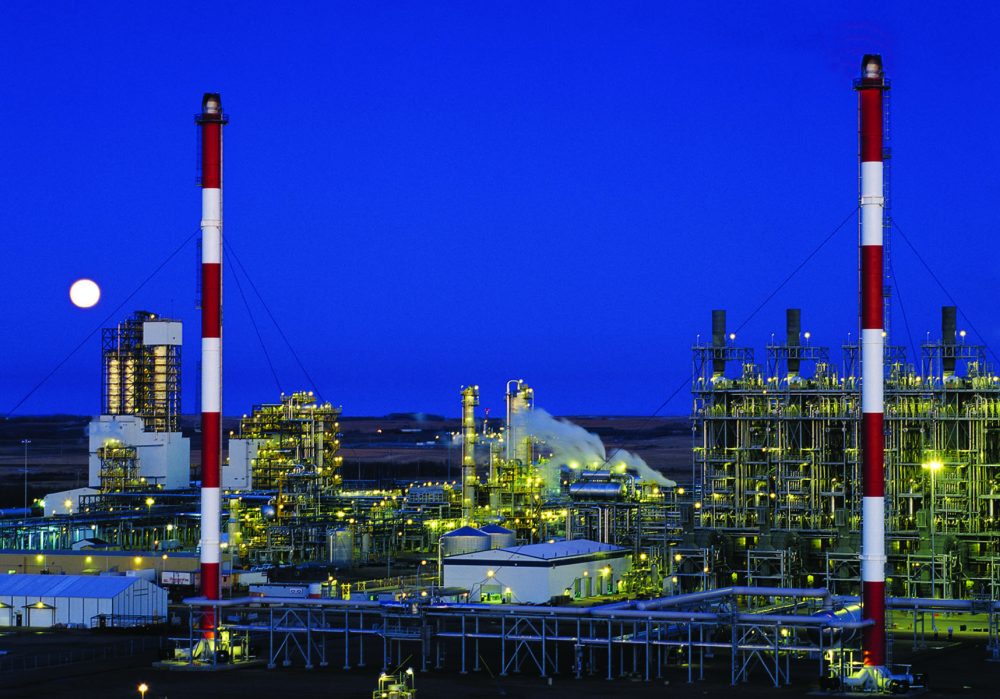Enbridge is proposing to reverse a section of Line 9 between North Westover, Ontario and Montreal, Quebec to accommodate our customers’ requests for access to western Canadian crude, which can be sourced from a number of locations in Alberta, Saskatchewan and Manitoba, to supply the Quebec refining market. Increasing the supply of lower-priced Canadian oil to Canadian refineries benefits the refining industry and the Canadian economy overall, including the economies of Ontario and Quebec.
Line 9 is an existing Enbridge 762 mm (30-inch) diameter pipeline with a current capacity of approximately 240,000 barrels per day (bpd), extending from Sarnia, Ontario to Montreal, Quebec. Currently, the pipeline transports crude oil from areas such as the North Sea, West Africa and the Middle East, in a westbound direction.
The scope of the proposed Project includes reversing the flow of the 639 km-long section of Line 9 from North Westover to Montreal (Line 9B) mainly by modifying existing facilities (please see map for details).
A commercial open season was held by Enbridge for the Project in May and June 2012. Open seasons are held when a pipeline company posts information about a proposed project and seeks an indication of customer interest. Customers have the opportunity through the open season to indicate their interest/support by signing a transportation services agreement for capacity on the pipeline. The open season for the Line 9B Reversal was very successful and as a result, we made some changes to the scope to accommodate the increased customer interest.
The open season confirmed additional demand to ship crude oil—mainly light crude oil—on the reversed pipeline from what had been originally anticipated. As a result, we now propose to expand the capacity of Line 9B from 240,000 bpd to 300,000 bpd. This expansion does not affect the maximum operating pressure of the pipeline. The increase in capacity will be achieved largely through the use of Drag Reducing Agent (DRA). DRA is a tested and safe polymer compound, (found in wool, amber, nylon and silicone), that will be injected into the crude oil flowing through Line 9, allowing it to flow with less friction. This technology allows for increased capacity with minimal requirement for new infrastructure, ensuring we can use existing facilities as originally proposed to meet changing industry requirements and minimize impact to the environment or to stakeholders.
Unchanged from our original project proposal, the Project will take place within existing Enbridge properties and rights of way with the exception of some temporary workspace required for the installation of a small new metering facility near Enbridge’s North Westover Station. With the proposed capacity increase, Project work at Sarnia Terminal, North Westover Station, Hilton Station, Cardinal Station (in Ontario), and Terrebonne Station and Montreal Terminal (in Quebec) will now include the addition of new equipment, the modification of existing equipment, and the installation of piping, all within the facility boundaries. The new equipment will include small pumps that will inject DRA into the crude oil.


